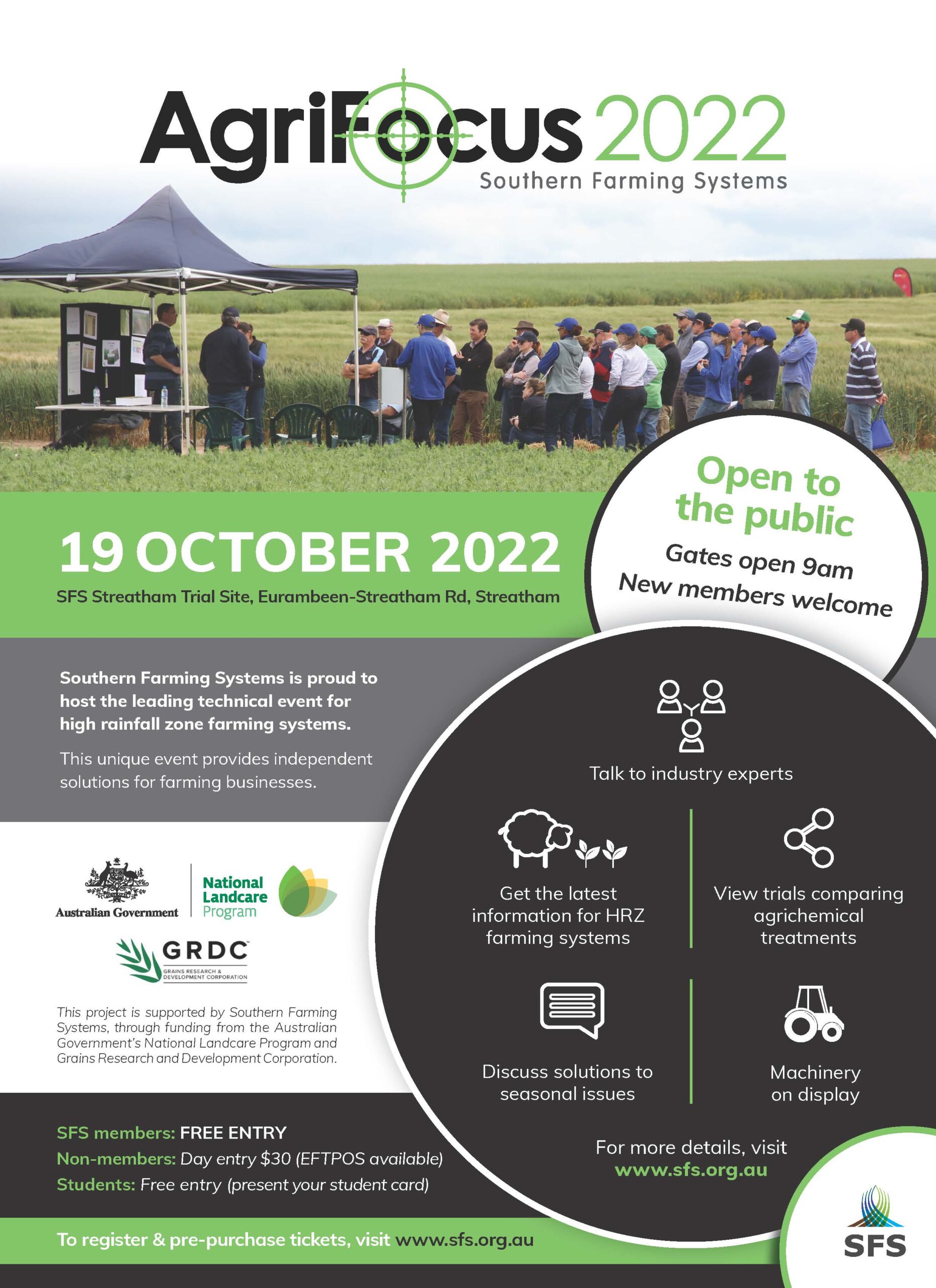
A great outlook for grain sellers if you can manage costs
With the harvest late due to the softer seasonal conditions, and now delayed by a wet November on the east coast, it seems a bit premature to be looking to 2022. But low stocks, strong demand, supply uncertainties and ongoing supply chain distortion means that the 2022 pricing outlook cannot be ignored.
Global grains and oilseed stocks are low, especially in export regions, after a year of high demand and supply failures. This has delivered high prices, and real concern about the world’s capacity to restock in 2022 means additional buying and stock retention for ‘just in case’, putting even further upward pressure on prices, according to Rabobank senior commodities analyst, Cheryl Kalisch Gordon.
“This is especially the case for wheat. Global stocks are on track to end 2021/22 at a five-year low, and the stocks-to-use ratio at a six-year low. But more telling is that stocks in the US are heading to their lowest level since 2007/08. And adding more pressure to the outlook for stocks is that Russia’s export tax has risen again in the past week, and Russian export cap possibilities remains omnipresent,” she said
“As a staple – more than 80 per cent of wheat is consumed as human food, contributing around 20 per cent of all calories consumed globally – the need to maintain supply is real, and the capacity to ration as prices rise is limited.”
Dr Kalisch Gordon said a solid wheat resupply is needed to temper prices, but that is not going to be straightforward in 2022.
“Firstly, low stocks are not limited to wheat, meaning favourable prices across the global grains and oilseed complex. For farmers, this means no clear signal to favour an increase in planted area for one crop over another, so we will not see a dramatic swing in area planted to wheat,” she said
“Secondly, very high fertiliser prices are expected to prevail at least in the first half of 2022, alongside limited or delayed availability. This means farmers will be more cautious about spending on farm inputs to lift yields, especially if the seasonal outlook is anything but really favourable. The exception in wheat export circles might be Russia where fertiliser prices should be more reasonable given the country’s limits on fertiliser exports and its readily available gas supplies.”
According to Dr Kalisch Gordon a now-active La Nina weather pattern gives reason to expect that seasonal outlooks for key parts of North and South America are not likely to be really favourable. For these regions, the outlook supports lower yields owing to lower rainfall and a more frugal approach to crop inputs.
Dryness is already affecting the winter wheat crops of the US Northern and Central Plains. The US winter wheat crop is heading into dormancy with only 44 per cent of the crop estimated to be in good to excellent condition – the lowest in the past five years.
“With November’s east coast deluge hitting Australia, the world has even less milling wheat available to support the global needs. And we haven’t even covered off freight challenges, which we expect to remain material and continue to contribute to high grain pricing in 2022,” she said.
“We now forecast the average CBOT wheat price for 2022 to come in 10 per cent higher than the average for 2021. This includes prevailing at around 810-820 USc/bu in the first half of 2022 and remaining around 750USc/bu in the second half.”
To find out more about other Rabobank research, contact your local Rabobank branch on 1300 303 033.




